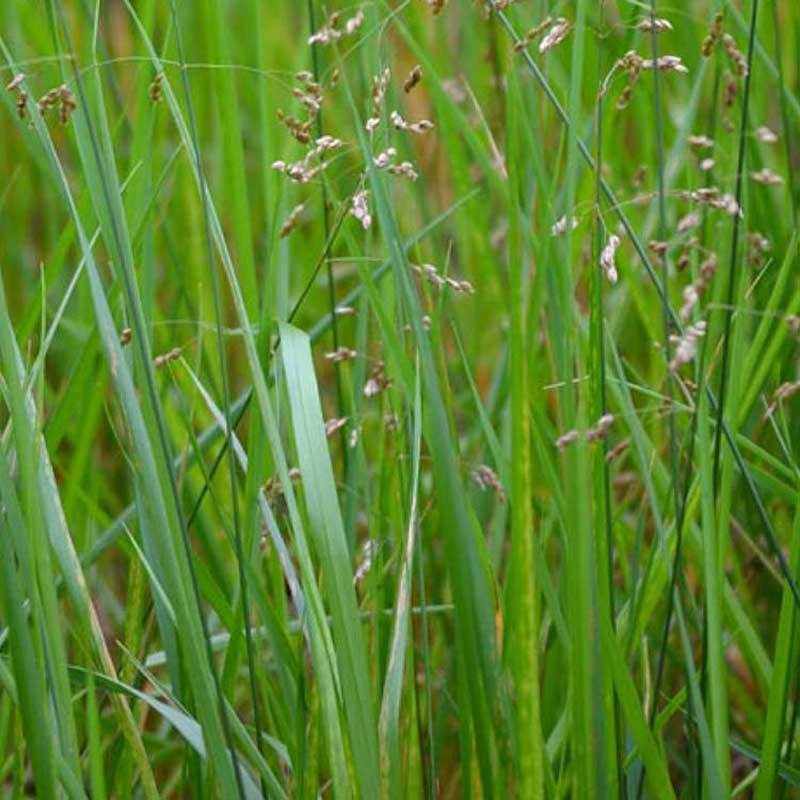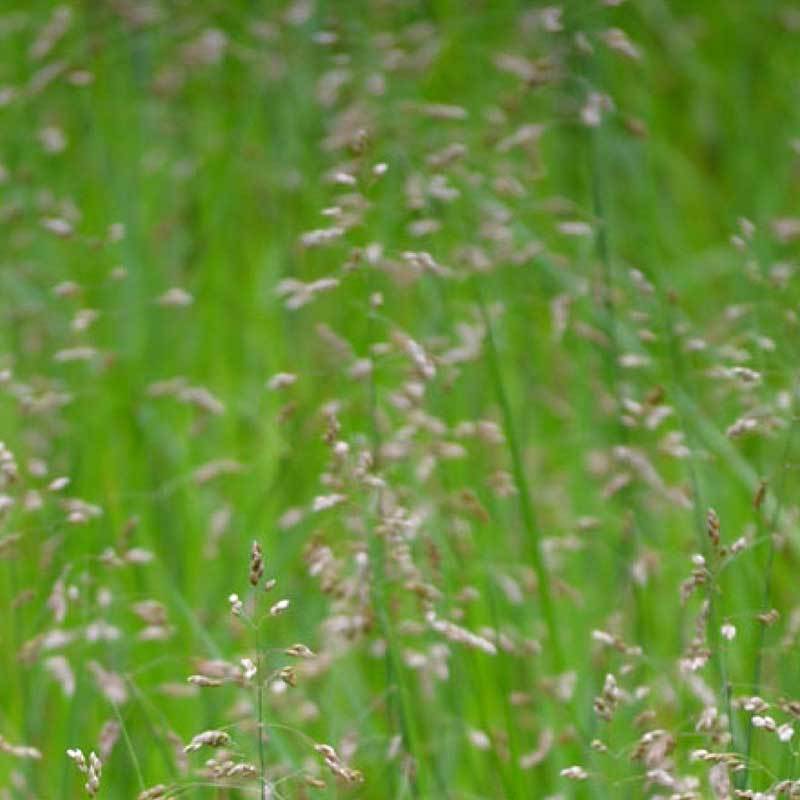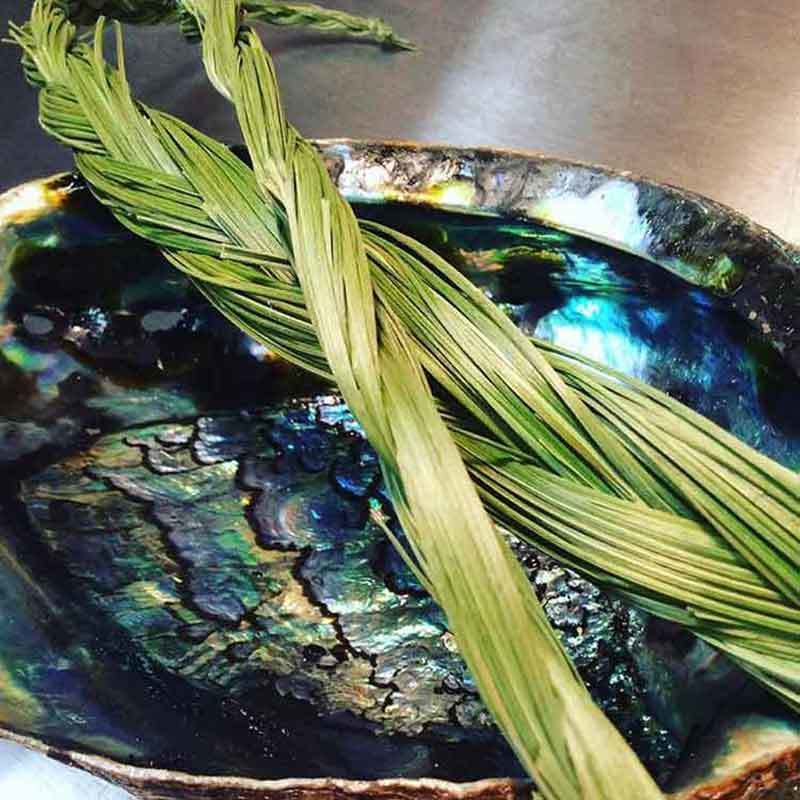Growing Sweet Grass in Pots: A Comprehensive Guide for Beginners
Introduction
The allure of sweet grass and its benefits: Sweet grass is a perennial herb with delightful, pleasant smelling foliage. This makes it ideal for many applications in landscaping and floral arrangements. Growing sweetgrass in pots has become a popular way to bring natural beauty and fragrance into the home or garden.
You can enjoy the beauty of sweet grass and also benefit from its medicinal properties. You can dry sweetgrass and make it into tea. You can use sweet grass to treat coughs, sore throats and fevers. Sweet grass also produces a pleasant aroma when burned that can help reduce anxiety.
Advantages of container gardening for sweet grass: Container gardening with sweet grass offers many benefits that standard planting cannot provide. For starters, growing sweet grass in pots eliminates the need for weeding and provides more control over the soil your plants are grown in. You can move around the sweetgrass in containers easier. So you can find the right spot for the pots in your herb garden.
Container gardening is affordable and doesn’t require any special skills or tools. It is great for people who live in apartments or have limited garden space. Growing sweetgrass in pots allows you to create an oasis of greenery right at home without taking up too much room. With all these benefits, container gardening for sweet grass has quickly become one of the most popular gardening trends around.
Understanding Sweet Grass
An overview of sweet grass and its characteristics: Sweet Grass (Hierochloe odorata) is an aromatic, perennial grass that can grow up to 20cm in height. It is native to North America and Europe. Sweetgrass bears small flowers in late summer that range from yellowish-white to purple in color. It has fragrant foliage with a sweet scent. This herbaceous plant is best known for its uses in religious ceremonies, aromatherapy, medicine and crafting of traditional basketwork.
The ideal growing conditions for sweet grass: Sweet grass prefers full sun or partial shade and prefers cooler climates for optimal growth. Sweetgrass needs well-drained soil with a pH between 8.6-9.0. It requires regular watering during the growing season. Don't overwater it because this may cause root rot. Sweetgrass growing zones are in USDA Plant Hardiness Zone 3-9. It cannot survive in temperatures below -15°C and is not drought tolerant.
The benefits of growing sweet grass in pots: You can grow sweetgrass in pots. This makes it easier to maintain the specific temperature, climate, soil type, pH level and moisture requirements necessary for healthy growth. So you can adjust the amount of sunlight and shade needed for optimal growth. You can also move it indoors during winter or other extreme weather conditions.
In addition, planting sweet grass in a container makes harvesting much more efficient. You will have more control over where and when to cut the foliage from the plant. Growing sweet grass in pots also reduces the risk of invasive spreading should seeds spread beyond your desired area.
Finally, growing sweetgrass in containers provides an easy way of ensuring the soil remains free from harmful chemicals and fertilizers. You can buy sweetgrass plants and create a beautiful addition to your home or garden without having to worry about the impacts of using chemical inputs.

Selecting the Right Pot and Soil
Choosing the right pot size: Sweet grass grows best when you plant it in a wide and shallow pot. Containers 6-8 inches wide and 4-6 inches deep will work well. Avoid using too large a pot as this can cause root rot due to poor drainage.
Ideal pot materials for growing sweet grass: Choose plastic plant pots over clay or metal pots as they provide better insulation and are more resistant to corrosion from water exposure. Plastic flower pots are also lighter when filled with soil, so you can move around them easily.
Importance of drainage and proper watering techniques: Sweet grass requires adequate drainage for healthy growth, so it is important to select a pot with enough drainage holes. You should water sweet grass regularly but not over-water as this can lead to root rot. Check the soil before watering by sticking your finger into the top 2-3 inches. If dry, then it’s time to water.
Creating a suitable potting mix for sweet grass: You can create a potting mix of 1 part sand, 1 part loam or compost and 1 part peat moss or coco coir to ensure good drainage and nutrients. This will allow for excellent aeration and water retention, while also providing the sweet grass with enough nutrients to grow healthy. You can add a slow release fertilizer to your potting mix before planting the sweet grass for extra nutrition.
Growing Sweetgrass in Containers
Step-by-step instructions for planting sweetgrass seeds or seedlings
Planting sweet grass in pots is an easy and rewarding process. Whether you’re starting with seeds or seedlings, the results can be beautiful and fragrant! Here are some tips on how to grow sweetgrass. It can ensure your sweet grass grows healthy and vigorous.
1. Preparing the Pot and Soil: Choose a plastic pot that is at least 6 inches wide to allow for adequate root growth. Fill it with well-draining soil that is rich in organic material like compost or leaf mold. Make sure the drainage holes are not blocked before planting.
2. Sowing Seeds or Planting Seedlings: For growing sweet grass from seed, you should sow them on top of the soil surface about 1/4 inch apart and lightly press them into the soil. If you’re planting seedlings, make sure to space sweetgrass plants at least 6 inches apart.
3. Watering and Initial Care: Sweetgrass needs consistent moisture to germinate and establish itself in the nursery pots. Water regularly by thoroughly soaking the soil until water runs out from the drainage holes. Don't overwater or allow the potting soil to dry out completely between watering sessions. This will cause stress on the plant and lead to a decrease in growth rate.
The importance of spacing and thinning for healthy growth
Spacing and thinning are key for successful sweet grass growth in pots. As your plants mature, be sure to thin out weak or overcrowded plants to create space for healthy ones to grow. Aim to keep the spacing between sweet grass plants at least 6 inches apart for optimal air circulation and light penetration.
Tips for successful germination of sweet grass in pots
Sweet grass is a cool-season plant and requires plenty of sunlight and moisture for optimal growth. Sweet grass prefers well-draining soil rather than overly saturated soils. You should plant it in a pot with good drainage.
When growing sweetgrass from seed, water regularly until they have established themselves firmly in the pot. Once established, reduce watering but make sure the soil remains moist throughout the growing season. Sweet grass can tolerate drought conditions when mature, but too little water as it is trying to establish will hinder growth significantly.

Caring for Sweet Grass in Pots
Watering guidelines and tips: Sweetgrass requires regular watering, especially during hot, dry weather. To maintain optimal moisture levels, water whenever the top 1-2 inches of soil feels dry to the touch.
You should water more frequently if your pot is exposed to direct sunlight or strong winds. To reduce evaporation and conserve water, mulch around your potted plants with organic materials such as shredded bark or straw.
The suitable organic fertilizers: Fertilizing sweet grass is essential for optimal growth. You can apply a balanced fertilizer every four to six weeks in spring and summer. You can also use organic fertilizer such as fish emulsion and compost tea.
Water the soil before adding the fertilizer. Then, lightly sprinkle the granules over the topsoil. Gently work them in with a hand trowel on the area. Ensure that all fertilizers have been absorbed into the soil. Avoid using too much fertilizer as this may burn your plants.
Pruning and maintenance techniques for sweet grass: Sweet grass needs regular pruning to keep it healthy. Prune your sweet grass once a year in spring or early summer, cutting back the stems to about 3-4 inches from the soil. This will encourage new growth and bushier plants while controlling their shape and size. You should wear gloves when pruning as sap can be an irritant.
Pest and Disease Management
Pest infestations: Mites, aphids, and mealworms can infest sweet grass. So you should regularly inspect your plants for signs of pests. For example, holes in leaves or sticky residue on stems and foliage. You should spray the plants with an organic insecticidal soap or neem oil if you find any pests.
Common diseases: Sweetgrass has several common diseases, such as yellowing leaves or wilting. You should check your plants regularly for signs of disease. Remove the affected part of the plant and treat it to prevent further spread.
Harvesting and Using Sweet Grass
The best time to harvest sweet grass: Usually, you can harvest sweetgrass in late June and early July. This will ensure that the leaves are tender and full of flavor and aroma. You should harvest very lightly in the first year after planting.
The proper techniques for harvesting sweetgrass: Cut at the right height above soil (about 2-3 inches) so that new shoots can grow back quickly. Don’t overharvest your plants and give them proper time for recovery. Use sharp scissors or garden shears when clipping. This will help avoid crushing or damaging delicate stalks and leaves as you harvest them.
Dry and store sweet grass: After harvesting sweet grass, hang bunches upside down in a warm but dark place with sufficient ventilation until dry. It may take approximately 1-4 weeks depending on the environment. Store sweet grass in an airtight container after it is fully dry. Place it away from direct sunlight and high temperatures to keep the sweet grass fresh for up to a year.
The various uses of sweetgrass: Sweet grass has many uses, both culturally and aromatically. It’s often used as ceremonial smudging in Native American culture, with the smoke thought to carry prayers into the heavens.
Sweet grass is also known for its pleasant scent. It can be dried and used in potpourri, diffusers, or simply hung around a room for natural decoration and fragrance. Sweet grass is sometimes used medicinally as a herbal tea or tincture to promote calmness and relaxation throughout the body and spirit.

FAQs about growing sweet grass
How deep do sweetgrass roots go?
The roots of sweetgrass will be 10 inches deep or less. Its network of shallow lateral (horizontal) roots allows the plant to soak up more moisture from the surrounding soil. Its deeper vertical roots access more nutrients from the lower layers.
How long does it take to grow sweetgrass?
Sweetgrass typically takes three to four weeks from seeding to emergence. It will take up to 12 months to fully mature and produce seed. Sweetgrass typically remains in the same spot for several years. It is an ideal choice for landscaping projects or erosion control.
Is sweetgrass invasive?
In general, sweetgrass can be moderately invasive due to its prolific rhizome production. Rhizomes are underground stems that can spread and produce more plants, allowing the sweetgrass to invade adjacent areas outside of its original planting area. The rhizomes can also form an interlocking mat beneath the soil. This makes other plants difficult to grow.
How fast does sweet grass spread?
Sweet grass can spread about 2 feet per year. Gardeners and land owners should take steps to ensure that sweetgrass does not become a nuisance on their property.
Does sweet grass repel ticks?
Burning sweet grass produces smoke that contains certain compounds, such as myrcene and limonene. This can be effective at deterring tick bites. Additionally, sweet grass contains natural antiseptic properties that may help protect against disease-carrying insects.
Does sweet grass go dormant?
Sweet grass may enter a period of dormancy during the winter months. During times of dormancy, sweet grass will stop growing and appear to be dead. However, the plant is not dead and will grow again when conditions become favorable.
Is sweet grass safe for dogs?
Sweetgrass may have potential benefits, such as providing antioxidants or aiding digestion. There are some potential risks associated with it. Sweet grass contains potentially toxic compounds. This can cause liver injury and hemorrhages in dogs.
How do you braid sweetgrass?
Braiding sweetgrass is an ancient practice that was used by Indigenous peoples across North America and around the world. It is a way to create sacred ceremonial objects for use in healing ceremonies or as decorations.
To braid sweetgrass, first, gather several long stalks of fresh sweet grass and cut them into equal lengths. Separate each stalk into three equal parts and begin to braid as you would a French braid. Each stalk should remain separate from the others while still forming a tight braid.
Tie the end of the braid with a piece of string when reach the desired length. Finally, hang your finished sweet grass braid in an area near natural sunlight and allow it to dry. Once it is completely dry, you can use your sweet grass braid in whatever way you please.
Conclusion
Growing sweet grass in pots can bring a bit of nature into your home. It can increase air quality and help reduce stress. In addition, sweetgrass is relatively easy to take care of. With just a bit of care and attention, you will soon be enjoying the beautiful scent of your sweetgrass garden!
Taking the time to nurture your sweet grass garden can be very rewarding. Watching your plants grow will give you a greater appreciation for the outdoors and can help make manicured lawns seem less attractive in comparison. Furthermore, growing sweetgrass indoors will allow you to enjoy its unique scent while reducing mosquitoes at the same time.
By following this comprehensive guide, you'll enjoy the beauty and fragrance of this versatile plant right at home. With the right care and attention, you'll soon have a thriving pot of sweet grass to enhance your living space. So don't wait any longer - start your own sweet grass container garden today!



